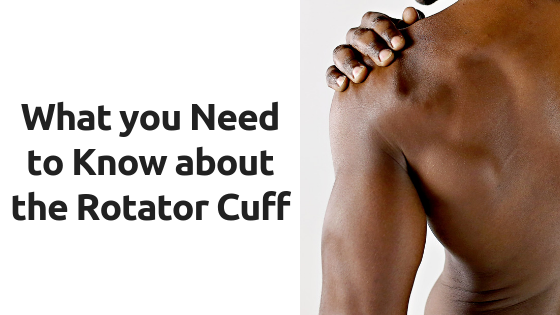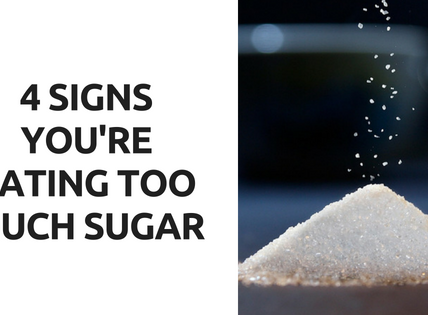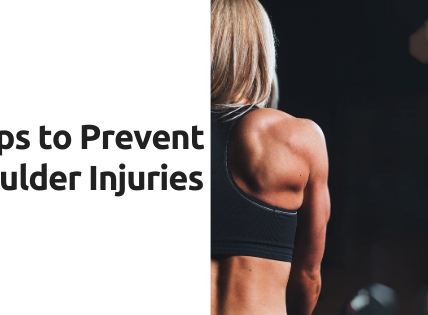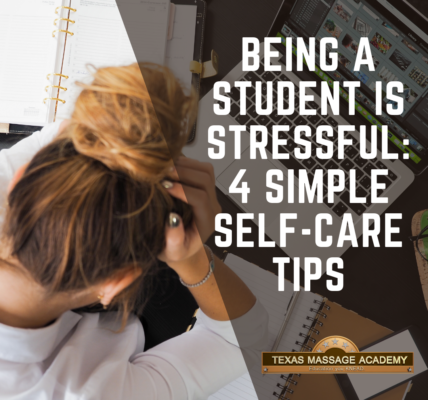As an Amazon Associate, I earn from qualifying purchases.

The rotator cuff is a group of muscles whose job is to keep the head of your upper-arm bone (humerus) in your shoulder socket. It also aids in the raising, lowering, and rotating of your arm, keeping the shoulder stable and safe throughout these movements. There are 4 muscles that make up your rotator cuff; supraspinatus, infraspinatus, teres minor, and subscapularis. The supraspinatus holds the humerus in place and keeps the upper arm stable as well as helps to lift the arm out to the side. The infraspinatus is the main muscle that allows your shoulder to extend and rotate outward. The teres minor is the smallest of the rotator cuff muscles and is there to help with that outward rotation. The subscapularis holds your upper arm bone to your shoulder blade and helps to lower your arm back down, and rotate the arm inward.
You’ve probably heard of someone tearing their rotator cuff, or you may have even suffered this injury yourself. As you can see, with 4 different muscles and a variety of intricate movements and stabilizations involved, it can seem easy to do. While we sometimes think of tearing a muscle as a singular traumatic event, like trying to catch something heavy or a sudden burst of movement, more often these injuries occur as a result of overuse. Jobs and even just normal daily activities can result in a rotator cuff tear. Oftentimes a form of tendonitis occurs first; this is simply inflammation of the associated tendon due to overuse, but that inflammation can lead to weakness in the tissues, making you more prone to a tear.
5 Tips to Prevent Shoulder Injuries(Opens in a new browser tab)
Risk factors of rotator cuff injuries vary widely because the types of rotator cuff injuries vary so much. Those who are at higher risk of injuring their rotator cuff include athletes who participate in sports that use repetitive arm motions such as golfers, pitchers, volleyball players, swimmers, and tennis players. If your work involves repetitive movements of the shoulder such as a painter, construction worker, or carpenter, you are more likely to injure your rotator cuff as well. Believe it or not, genetics may also have a determination on your likelihood of injuring your rotator cuff, with some families having several occurrences as opposed to others. While this may be attributed to a commonality in learned movement patterns, it’s possible to have a predisposition to muscle weakness or thinning of the muscle tissue. Those who have arthritis in their shoulder have a higher risk of a rotator cuff injury due to the stiffness and weakness of the joint. And finally, as you may have guessed, age has an impact on your risk of rotator cuff injury as well. Those over the age of 60 are highly likely to develop degenerative rotator cuff injuries because of wear and tear over time.
What is a Labrum Tear(Opens in a new browser tab)
The treatment for rotator cuff injuries depends on the severity of the tear or injury and the muscle that is torn. A partial tear will generally consist of physical therapy but may also include anti-inflammatory medication to help with swelling. Strengthening the shoulder muscles and movement not only helps to heal the partial tear but may also help prevent future tears. It is important to note that if there is no improvement in the tear, the doctor may try other forms of treatment. For a complete rotator cuff tear, also known as a full-thickness tear, surgery is often required to reattach the tendon(s) and clean out any possible bone spurs. Physical therapy after surgery is required to promote success from the surgery and help regain shoulder function. The severity of an acute rotator cuff tear will be the deciding factor in the treatment of said tear. If it is less severe, the tear may be healed with physical therapy alone. If the tear is more severe, treatment may include surgery. It is important to know that time is of the essence when dealing with an acute rotator cuff tear because when missed for a period, the muscle-tendon unit can retract, making the treatment difficult. When it comes to degenerative rotator cuff tears it will also depend on the severity of the tear to determine treatment. Some tears can be corrected with modifying activity, medications, and physical therapy. The more severe tears may need surgical attention. It is important to note that at any point of the treatment your doctor may prescribe anti-inflammatories and pain medications, or even cortisone steroid shots to help with inflammation.
Shoulder Impingement(Opens in a new browser tab)
When dealing with a rotator cuff tear there are some activities that must be limited in order to ensure the healing process. Resting your shoulder for a period, especially right after injury, is beneficial. Depending on the severity of the tear, your doctor may want you to temporarily use a sling to keep your shoulder still and further protect it for much of your day. While rest can be important, too much rest is counterproductive. Your doctor may recommend massage (book with us here to help you out) and physical therapy to help control inflammation, combat excess scarring, and strengthen the affected muscles as well as those assisting muscles that will need to step up for the time being. Modifying your activity will also be necessary. Basically, if it causes your shoulder to hurt, stop what you’re doing. This is not something you want to push through. That will only lead to a more significant tear, especially early after the injury; the kind physical therapy, massage, and activity modifications can’t help, only surgery can. It is possible to injure your shoulder to the point of losing much of the normal function, so please listen to your doctor and physical therapist on the correct course of action.
Even if you have numerous risk factors or even have a history of rotator cuff injury, there are several ways that you can prevent an injury to your rotator cuff. To start, make sure that you are stretching your shoulders before any vigorous activity. It’s also important to take breaks from shoulder-heavy repetitive actions, to stretch, allow full range of motion to activate the other shoulder stabilizing muscles, and even apply some ice or heat for a few minutes. Prevention also has a lot to do with strengthening the muscles. Essentially, weak muscles are more likely to tear, so keeping your shoulder strong is crucial. To strengthen your rotator cuff, you must do low resistance (lower weight) and high repetitions. Because the rotator cuff muscles are small, you will want to be in full control of the movements and keep them very slow and focused. You can work alongside a physical therapist or a qualified personal trainer to develop a strengthening plan.
While this is a lot of information to take in, rotator cuff injuries are among the most common problems of the shoulder. Knowing the possibilities, types of injuries, and preventative measures you can take, may reduce your risks in the future.
Are you ready to book a massage to help your shoulders? Call us at 325.646.4272 or book online here.






1 COMMENTS
Comments are closed.